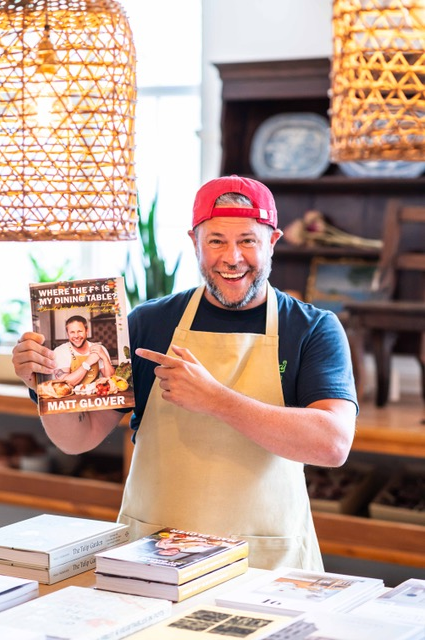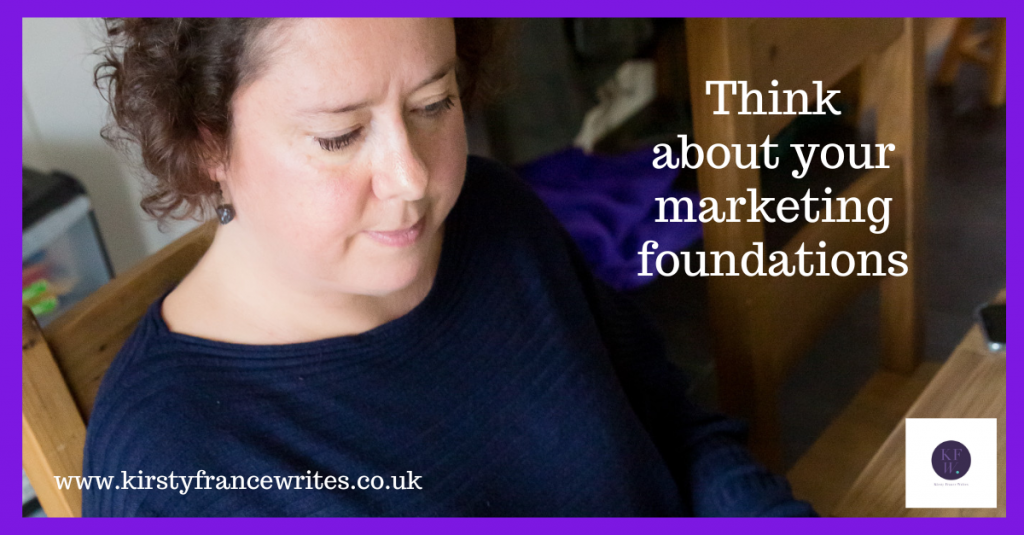
Lots of us (me included) started our businesses to do the thing we love to do best. In my case, that’s writing, but for you, it might be something completely different. You might even want to keep doing the same kind of work on your own terms. The trouble is that running a business is a skill we must develop over time. It’s taken me a long time to start to trust my instincts. Even now, when someone I follow on social media suggests trying something different, I wonder whether I should be doing as they suggest. Here’s what I’ve learned so far. I hope it helps you learn to trust your business instincts.
Shiny object syndrome is real
There’s always something new in business. It might be the latest technology, a new marketing trend or updated legal guidance. Sometimes, you have to pay attention, for example, to whether there’s a new law affecting how you trade or handle customer information. Otherwise, if you’re tempted to jump on the latest trend, ask yourself why you’re doing it. Are you testing using video to see if it improves your social media stats or overstretching yourself through fear of missing out? Understanding your reasons and what will work for your customers will help you make an informed decision rather than chasing the latest shiny thing.
Understand what’s right for you
We all need help sometimes, but admitting it can be tough. Talking to experts in marketing, law, or finance can help steer you in the right direction. However, remember that every business owner is different. Your life, values, and motivations are your own, so comparing yourself to someone who works weekends (when you don’t) or doesn’t have children (when you do) isn’t helpful.
Working with a coach you trust, who’ll listen to you and give you a framework to find the answers that work for you is a great starting point.
Choose what you can use
If you’re anything like me, you probably follow lots of different business owners, marketing experts, and coaches online. They all offer different things, but you don’t have to follow everything they recommend. You can take a pick-and-mix approach. Start with a base layer of dolly mixtures, add some gummy bears and top the whole lot off with chocolate buttons. (I really want some chocolate now.)
If anyone tells you that you have to follow all their advice, even if it doesn’t feel right for you, that’s probably a sign to back away.
Remember, the gurus are business owners too
It’s easy to forget that the experts you see online are also business owners with products and services to sell, just like you and me. If they can help you achieve one of your goals, that’s great, but it’s also okay to say no to anything that isn’t a good fit for you. I’ve bought training from an amazing coach who has built her business around creating and selling marketing courses and products. She has specific courses to help business owners create products like hers and always discusses the benefits. I completely agree with her logic, but I won’t be buying those courses because they aren’t right for me.
Just because someone you admire is selling something doesn’t mean you have to buy it.
When you trust your business instincts, you can create marketing that works for you. If you’ve created a marketing plan and want help to bring it to life, I can help. When you work with me, I’ll get to know you and your business and write content that sounds like the best version of you and that your audience will love. Email me to arrange a chat or book a Zoom call to find out more.
Alternatively, sign up for my mailing list here, and you could win a free copy makeover.









